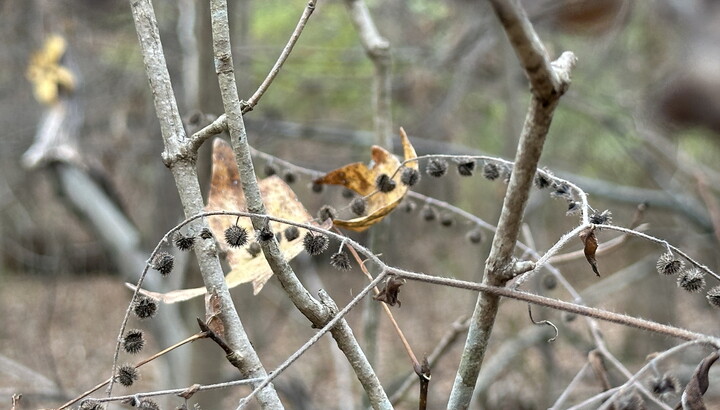The Carter Blog
Carter ARTicles
An orchid, an emperor, and hummingbirds: Martin Johnson Heade in Brazil
Nov 22, 2023
Among the landscape paintings in the Carter hangs an outlier: a small vertical canvas by Martin Johnson Heade entitled Two Hummingbirds Above a White Orchid (1875–90 ). If I were teaching young art students in my Carter educator mode, we’d describe it in sections: In the foreground, a white orchid absorbs bright light; in the middle ground, two hummingbirds pose on a limb above a tropical forest; and in the background, dark clouds descend on mountain peaks.
Heade, a 19th-century painter of 621 canvases, was also an outlier. Unlike many of his Hudson River School counterparts, he was self-taught and itinerant. His desire to paint live hummingbirds, a fascination since boyhood, led him to Brazil for seven months in 1863 and 1864. He explored the Global South when most American artists remained in the Global North.
Heade proposed a book, “The Gems of Brazil,” to feature multiple species of Brazilian hummingbirds, but it never materialized, partly due to lack of sponsors. Yet through a friend, Heade met Brazil’s leader, Emperor Dom Pedro II, who admired his hummingbird paintings and became a partial patron of the project. In turn, Heade dedicated his proposed book to him.
After viewing 12 of Heade’s hummingbird paintings at an exposition in Rio de Janeiro, Dom Pedro II honored him as a Knight of the Order of the Rose. Perhaps their cross-cultural friendship contributed to Dom Pedro’s successful American tour a decade later.
Two Hummingbirds Above a White Orchid dates at least 11 years later than Heade's Brazil stay. By then he’d also traveled to other South American countries. This later painting’s setting is unspecified. What clues reveal Brazil as the setting rather than other “tropics” or imagined places, and what was Heade’s relationship to Brazil like?
Although the background rainforest in Heade’s painting could be generic, he painted Brazilian Forest with its variety of dense vegetation during his 1864 visit. It was probably the Mata Atlântica (Atlantic rainforest) that surrounded Rio, which he deemed a worthy subject.
The Amethyst Woodstar hummingbirds span several countries but have long been prominent in eastern Brazil, where they breed and where Rio is located. Their incessant movement made painting them in flight impossible for Heade. Instead, he posed the skins of dead birds he found in Rio’s market.
The Cattleya purpurata orchid in the foreground is among Brazil’s 2,500 species. It was named in 1854 and is—spoiler alert!—the national flower of Brazil.
Even if painted in retrospect, Two Hummingbirds bears clues that point to Heade’s naturalistic connections with Brazil, and history provides a human one.
A coda: Living in Brazil as a child, I remember learning the Portuguese word beija-flor (“kisser of flowers”). I like to think Heade learned this word for “hummingbird,” too.








